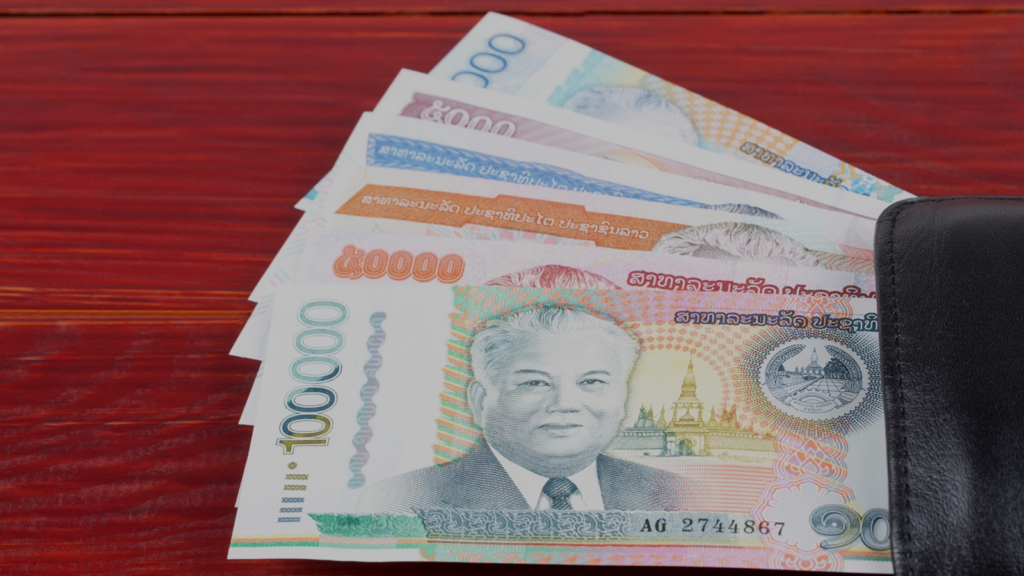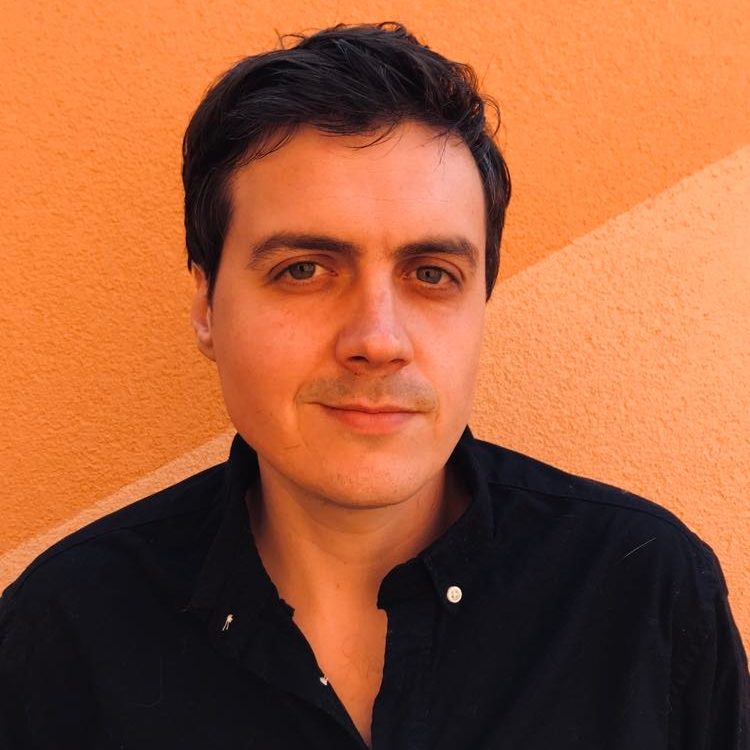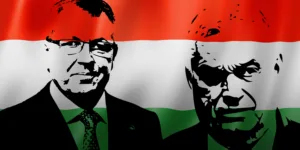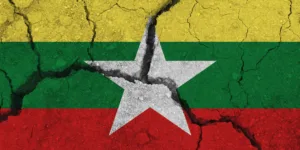Neither the will nor the material conditions are present for an effective anti-corruption campaign in Laos.
Corruption is often seen as a byproduct, a quirk, of a political system. But in many authoritarian states, it is actually the modus operandi.
Consider what binds a political structure together. How do you make sure that lowly officials in the provinces listen to their masters in the capital? How do you instill the sense that everyone is working together for the same cause, that all participants aren’t just a bunch of self-interested, warring individuals? One way is through terror. Officials listened to Joseph Stalin, the Soviet dictator, and his Politburo because they feared for their lives.
Another is through a common sense of purpose. This could be ideological. Everyone works towards the same goals because they believe they are creating a better world. Or it could be existential, such as everyone pulling together during wartime. Or it could be transactional, as we see in meritocracies, with everyone accepting the norms and hierarchies of the political structure because doing so means they stand a chance of advancing up the political ladder.
However, another method is through corruption, what some academics would call “rent-seeking”. Low-ranking officials in the provinces pay heed to their superiors in the capital because they are all part of vast patronage networks. Low-ranking officials are loyal to their patrons in return for financial benefits and promotion, while the higher-ranking patrons in government are able to get others to follow their policies because they control the fortunes of those lower down the hierarchy.
Moreover, corruption provides something of a common purpose, a common understanding, amongst all levels of the political structure. Everyone knows how the game is rigged and that they have to pay fealty to those who control the most important patronage networks in order to advance up the hierarchy. Indeed, graft instills a sense of loyalty.
When harmonized, as in Cambodia, a rent-seeking system ensures that all political grandees have just enough access to financial rewards and that graft is spread somewhat equitably so that there are no major internal frictions.
That begs the question of how anti-corruption campaigns can work in authoritarian states that previously had rent-seeking systems. Vietnam is a good example. Before 2016, the Communist Party of Vietnam held its hierarchy together in large part through corruption.
This was partly because of the decentralization that occurred in the 2000s, which made it much more difficult for the central party apparatus to control what was happening in the provinces and districts. More importantly, ideological factors that had previously held the Communist Party together began to fade.
Rent-seeking cadres
By the early 1990s, when Hanoi made peace with Beijing, Vietnam was for the first time in half a century unthreatened by a foreign power. No longer could the CPV compel internal cohesion within its ranks through rally-around-the-flag appeals to cohesion and unity At the same time, because the Vietnamese government became more professionalized, it meant bringing in non-communist officials.
This, added to the public’s disinterest in socialist ideals, especially after the capitalist reforms in 1986, meant that communist ideology no longer functioned as a way to bind the political structure together. And the CPV was no longer the sole arbitrator of nationalism.
In the early 2000s, a popular strain of nationalism emerged among the public that accused the party of being unpatriotic for selling Vietnamese land to foreign (mainly Chinese) investors, which culminated in the momentous Bauxite protests of 2009.
Amid these social changes, a new generation of rent-seeking apparatchiks emerged – personified by Nguyen Tan Dung, who became prime minister in 2006 – who cast aside ideology and nationalism and instead embraced graft as a way of building their own personal power and binding the splintering party apparatus. This led to a reaction, however, from the more ideological factions of the party, led by Nguyen Phu Trong, who became party chief in 2012.
However, it was only when he defeated Dung in the 2016 National Congress that Trong launched his anti-corruption campaign. Even then, dismissing or jailing the corrupt was only one side of the coin. Far more important, as Trong has acknowledged, has been his so-called “morality campaign”. Since 2016, he has reinstated socialist ideology and ethics as the defining factor of party membership.
To be promoted now, an official must at least rhetorically profess fealty to socialism and demonstrate a clean, hard-working lifestyle. At the same time, Trong has re-centralized power, taking away authority from the provincial officials and giving it to his small clique in Hanoi, which is one reason why he has struggled to find a successor, given that he has now cloaked his own position in so much power — perhaps the most since 1986 — that it has become even more precarious and existential if the CPV selects an unfit successor.
So what about next-door Laos?
Similar to Vietnam, it embraced decentralization in the 1990s, stripping the apparatchiks in Vientiane of some of their authority. Given its geography, the central party apparatus in Laos has always been unable to fully control what local officials do. Its capitalist reforms in the late 1980s also stripped socialist ideology as a common cause within Lao People’s Revolutionary Party (LPRP). In fact, the LPRP has long been less ideological than its Vietnamese counterpart.
Anti-corruption failure
Nationalism, too, has disappeared. Indeed, the growing anti-Chinese chorus of Laotians has led many to regard the LPRP with disdain, believing it has allowed foreign businesses to destroy the environment and made Laotians second-class citizens.
Unlike in Vietnam, however, anti-corruption efforts have failed in Laos.
When he became prime minister in 2016, Thongloun Sisssoloth vowed to unleash a vast anti-graft campaign, but it had never got beyond reprimanding a few lowly officials (most of whom were demoted or moved to different provinces, not imprisoned) and curbing LPRP officials’ lavish entitlements, such as their state-funded vehicles.
Why has it failed? One reason is that anti-graft proponents, like Thongloun, were unable to dominate the party in the same way that Trong has in Vietnam. Possibly this is because the central apparatus of the LPRP in Vientiane has never been that strong, with the provincial and district officials having much more freedom to act.
Moreover, the LPRP has long been dynastic, whereas the Communist Party of Vietnam isn’t. The current prime minister, Sonexay Siphandone, is the son of a former party chief and president.
A few families – the Siphandones and the Phomvihanes, for instance – have dominated politics for generations and occupy important positions within the state, so are unlikely to get behind an anti-graft campaign that severs their patronage networks and access to power.
As Australian scholar Martin Stuart-Fox put it, “Far more than in China or Vietnam, powerful political families in Laos are related through marriage. Corruption virtually benefits the entire party elite, and any attempt to reduce or eliminate it immediately runs up against family ties and interests.”
Protests remain rare
Another reason is that the LPRP hasn’t felt as threatened as the CPV. In the 2010s, the degree of public hatred about endemic corruption in Vietnam was palpable. That is one reason why you saw the rise of large and well-structured pro-democracy groups, such as Bloc 8406 and the Brotherhood for Democracy.
Indeed, public protests, many directed against the CPV, are far more common in Vietnam than in Laos. It isn’t an exaggeration to say that corruption could have brought down the CPV if it had continued.
But it wasn’t the same in Laos, where the LPRP hasn’t faced such a concerted or organized political threat. The anti-communist diaspora is fractured and incompetent. Dissidents abroad, mainly in Thailand, are terrified of the long arm of state repression.
Everyone remembers what happened to civil society leader Sombath Somphone in December 2012. The Lao Student Movement for Democracy attempted a demonstration in 1999, perhaps the last overtly pro-democracy stunt, but it lasted less than an hour before its organizers were in jail or had fled abroad.
And when rare public protests do take place, they tend to be over disparate concerns, meaning land-rights activists aren’t making common cause with labor campaigners or urban intellectuals, unlike in Vietnam.
As such, communist apparatchiks in Vientiane didn’t feel the need to assuage public anger or win over public support by tackling corruption within its own ranks.
None of this looks likely to change in the coming years. The LPRP’s monopoly on power and its willingness to quash any sign of a political alternative – the only thing that an authoritarian government needs to get right to stay in power – looks secure.
Not even mounting public distress over the failing economy and declining living standards has sparked a recognizable anti-LPRP movement. Moreover, dynastic politics has become even more entrenched since Sonexay became prime minister in late 2022.
Communists might recall the old Marxist “moral versus material” debate – otherwise known as the subjective-objective dispute. Is revolution achievable when the material conditions are ripe or when the moral will is ripe? In terms of anti-corruption, neither the will nor the material conditions are present for an effective anti-corruption campaign in Laos.
The article was originally published by Radio Free Asia.







